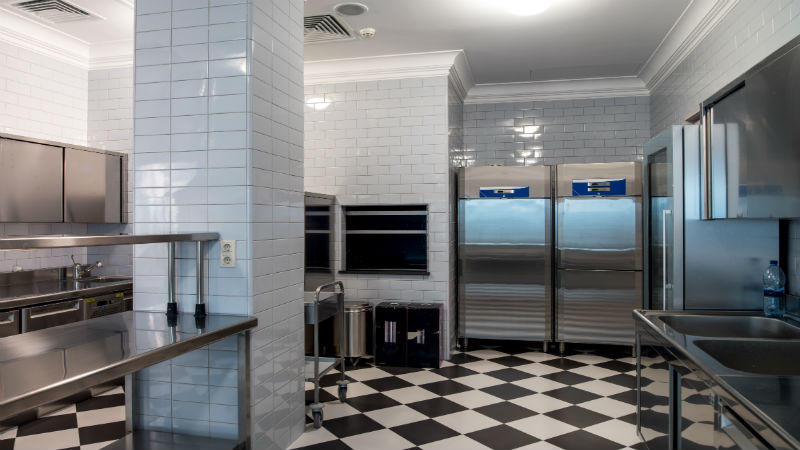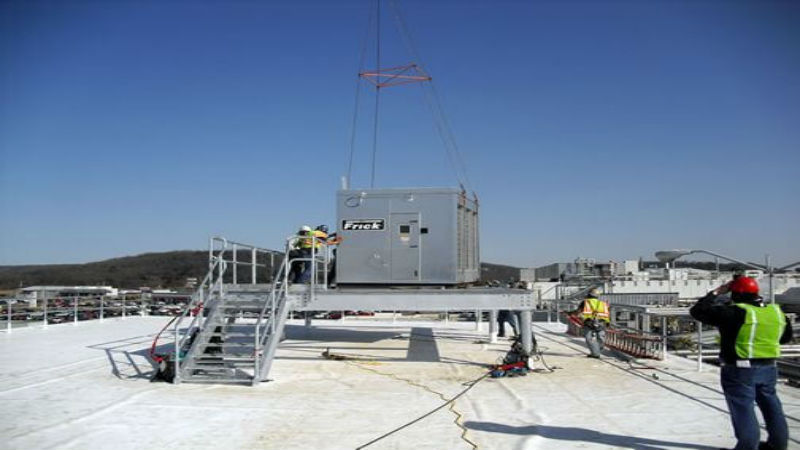Do you work in the construction industry, or are you an enthusiastic amateur home re-modeler? You’ll know how much advances in air tools have helped to make construction tasks quicker and easier, but have you thought about the little things too? Metric fasteners in NYC are used on a huge range of projects, and for many different purposes. They go back much further than you may think, so let’s have a look back at the fascinating history of our nuts and bolts.
Ancient Beginnings
The metric fasteners of NYC today have their origins long ago in a place far away. We have to go back to Assyria in the seventh century BC. The wealthy and powerful King Sennacherib was in the process of creating something that would be legendary for its scale, beauty and ingenuity. He was constructing one of the seven wonders of the ancient world, the Hanging Gardens of Babylon. The King needed to devise a complex watering system to keep the gardens in perfect condition, and to do so he used some of the first screws ever seen. This system of wooden screws spread from Assyria, and by the first century BC they were attached to handles and widely used to drive presses and primitive machinery.
Metal Makes An Appearance
Wooden fasteners held sway for many centuries, but they had obvious disadvantages when it came to toughness and durability. By the fourteenth century, there was a new material on the block as metal fasteners began to be used in Europe. At this time, they were still relatively uncommon as they were expensive and time consuming to make. In 1794, a significant breakthrough came. American inventor David Wilkinson created a screw cutting lathe, that made the production of metal fasteners more consistent and much quicker. For the first time, there was mass production of items that would be recognizable as metric fasteners in NYC today. His invention would play a central part in the increasing mechanization and development of America.
Mass Production And Standardization
Whilst fasteners could now be made quicker than before, the cost of the metal itself was still expensive. In the mid 19th century, that all changed. A British industrialist called Sir Henry Bessemer found a way to create a metal that was tough, flexible and inexpensive to create on a large scale. From now on, mild steel was an affordable construction material. Nuts could be made quickly, cheaply and, most importantly, accurately. This meant that throughout the late nineteenth century, hexagonal nuts replaced square bolt heads. Mass production of these nuts and threaded rods had finally arrived.
The next time that you look at your metric fasteners in NYC consider all that they’ve done. They played a central part in machinery that won two world wars, and made possible the construction of the amazing buildings around you. Maybe it’s time that we all raised a glass to King Sennacherib? For more information, visit the website.


